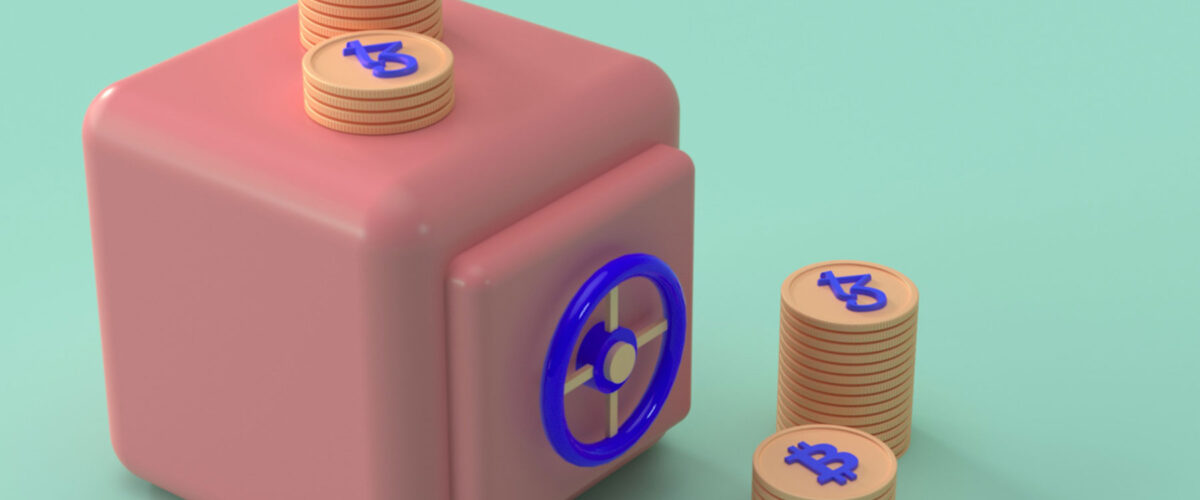Application of Sports Web3 Smart Contracts:
1. Digital Sports Mascots
NFT form, digital art creation. Each physical mascot corresponds to a digital mascot with a unique identity in the virtual world. Mascots are one of the most important sports digital assets to be developed for all sports events and belong to sports digital collectibles.
2. Event results
Blockchain evidence storage is used, and the results of the game are uploaded to the blockchain, which cannot be tampered with and can be traced
3. Medals and trophies
Physical medals and trophies are digitally mapped to the blockchain.
A large amount of data is generated every day in the sports field, most of which is worthless.
Using sports web3 smart contracts, verified and valuable sports data can be digitally assetized and collected in the form of digital artworks.
A smart contract is a piece of code based on the blockchain. It is a digital contract written in the form of a piece of code and stored on the blockchain. The core of a smart contract is a set of “if/then” and “when” statements entered into the blockchain in the form of code. They are controlled by a computer network, perform all operations agreed upon by the smart contract, and each operation is performed only after the preset requirements are met and verified.
Smart contracts follow a simple pre-set mechanism, i.e. “if/when this happens, do this”. When these conditions are met, the computer network will automatically perform the pre-set actions without the intervention of a third party. In addition, since they are on the blockchain, they are secure, transparent, efficient, and can process transactions almost instantly. In addition, contrary to traditional contracts, smart contracts do not require any centralized entity to run and provide you with tamper-proof, executable agreements.
NFT smart contracts control 2 basic actions, namely verifying ownership and handling transferability. Smart contracts help users have permanent identity information.
Smart contracts can guarantee the uniqueness and non-replicability of digital assets. This makes NFTs scarce and unique, which is why they are valuable. On the blockchain, anything can be represented in digital form.
The smart contract code determines the properties of the NFT, which will be compiled by the minter of the NFT and deployed to the relevant blockchain. For smart contracts, many standards have been established, and the blockchain network Ethereum standard has also been reviewed, including the ERC 1155 standard and the ERC 721 standard.
ERC 721 Standard
The ERC 721 standard is an open protocol for creating NFTs on the Ethereum network. ERC 721 is a unique token standard that is different from other token standards. The functionality of smart contracts is defined by the ERC721 standard. When transferring tokens, two pieces of information are required: the smart contract address and the token ID.
ERC721A is an implementation of IERC721 that can save a lot of gas when minting multiple NFTs in one transaction.
ERC 1155 Standard
The ERC 1155 standard is a multi-token standard that allows each token ID to represent its own customizable token type and contain information properties and supply. In addition to Ethereum, other smart contract blockchains that support NFT functionality include TRON, EOS, TEZOS, and Solarium.
ERC-2981:
NFT Royalty Standard A standardized method for retrieving royalty payment information for non-fungible tokens (NFTs) that aims to provide universal support for royalty payments for all NFT markets and ecosystem participants. A marketplace is a contract where you can buy and sell NFTs, such as on OpenSea or Rarible. You can use a marketplace contract to: Sell your NFTs on your marketplace Create auctions where the highest bidder wins the NFT after a certain period of time Create an open marketplace where any user can list an NFT for sale, such as OpenSea.

